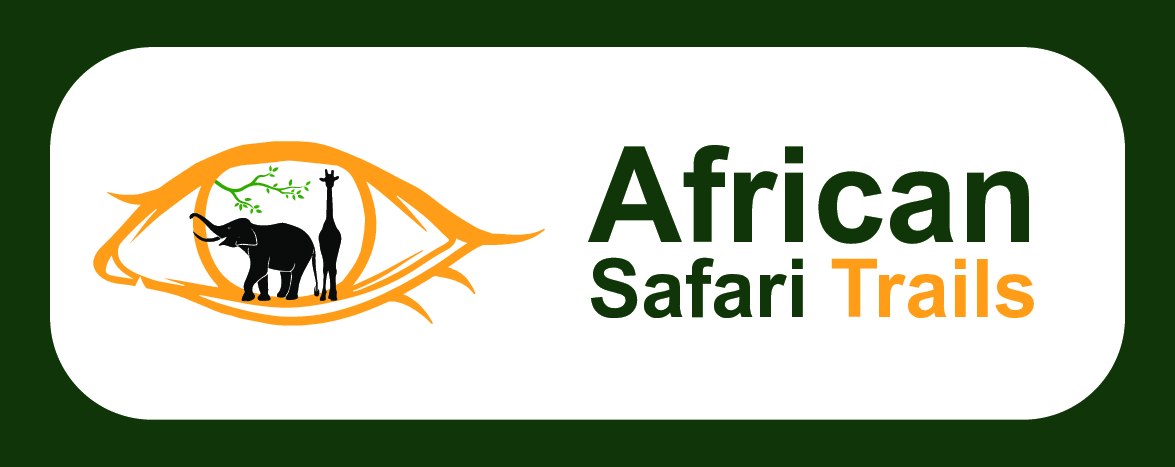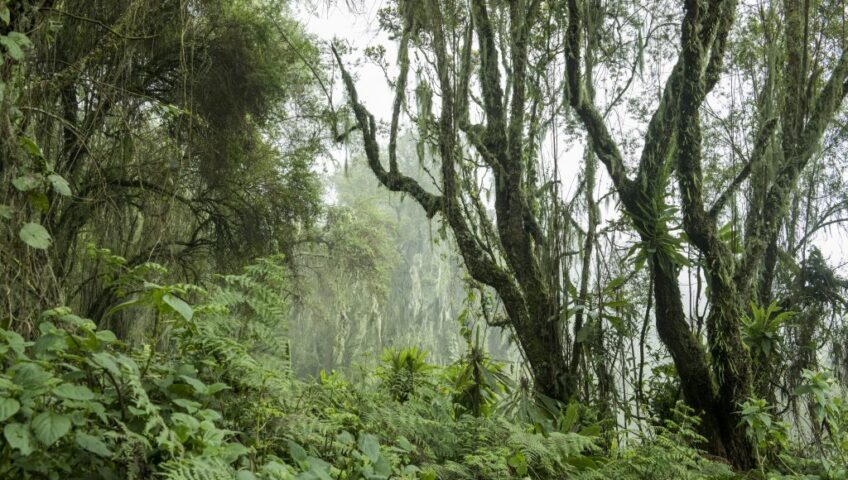Mountain gorillas, found in the misty highlands of Uganda, Rwanda, and the Democratic Republic of Congo, are among the most iconic and critically endangered wildlife species in Africa. Protected in places like Bwindi Impenetrable National Park and the Virunga Mountains, these great apes have made a fragile comeback through decades of conservation work. However, climate change now poses a silent but escalating threat to their survival — one that cannot be ignored.
Unlike threats such as poaching or deforestation, climate change affects mountain gorillas more subtly but profoundly. As global temperatures rise and rainfall patterns become increasingly erratic, the delicate ecosystems on which gorillas depend are beginning to shift. Mountain gorillas live at high altitudes where cool, moist conditions support the dense vegetation they rely on for food. Changes in temperature and precipitation can lead to loss of key plant species, reduced food availability, and changes in forest composition — all of which can impact gorilla health and reproduction.
One major concern is the uphill migration of plant zones. As the climate warms, vegetation belts are shifting to higher altitudes. Since gorillas are already living near the highest elevations of their habitat range, they may eventually run out of suitable habitat altogether. This creates a climate bottleneck where they have nowhere higher to retreat, leaving them trapped in shrinking ecological zones.
Increased rainfall variability is another challenge. While mountain forests need moisture, too much rain can damage gorilla nests, increase erosion, and reduce the nutritional quality of leaves and fruits. Wet conditions can also promote the spread of diseases — both among gorilla populations and from humans to gorillas — especially given the rising number of tourists and human settlements near protected areas.
Furthermore, climate change indirectly increases pressure on gorilla habitats by exacerbating poverty and food insecurity in surrounding communities. As agriculture becomes less reliable due to unpredictable weather, local populations may turn more frequently to the forest for resources such as firewood, bushmeat, or farmland. This results in habitat encroachment, increased human-wildlife conflict, and greater risk of disease transmission.
Conservationists are responding by integrating climate adaptation into gorilla protection efforts. This includes forest restoration projects, community-based conservation, eco-tourism management, and disease surveillance. Programs led by governments, NGOs, and safari operators are vital for raising awareness and generating funds to protect gorilla habitats in a changing climate.

